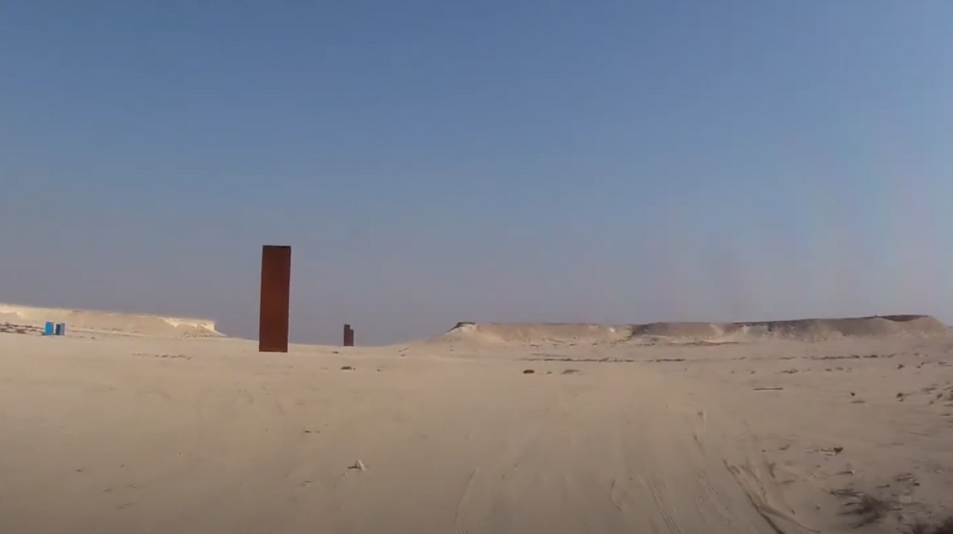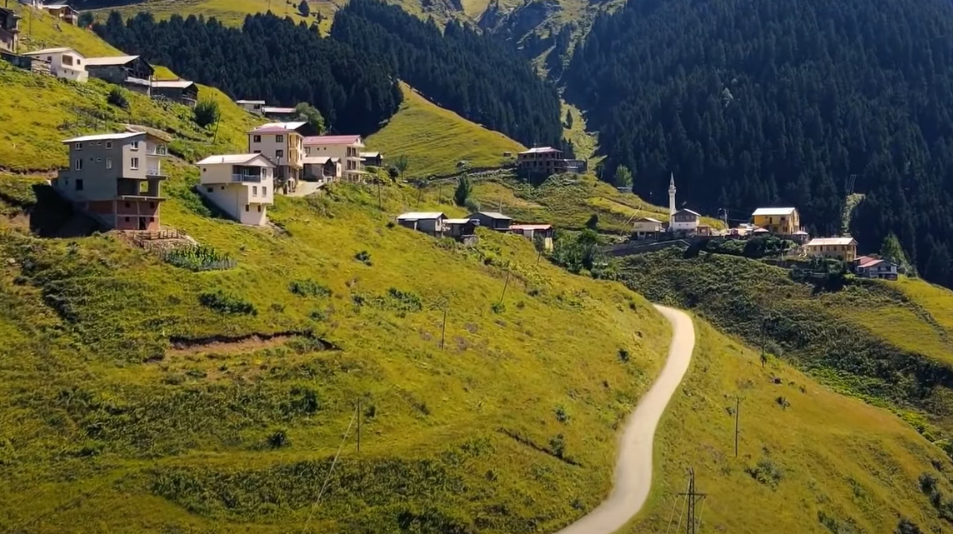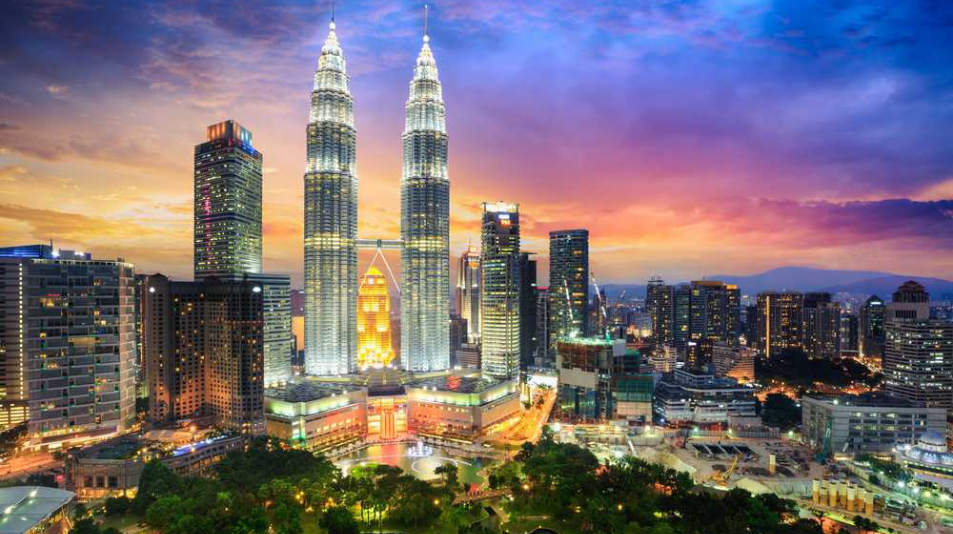
Discovering Qatar’s Zekreet Peninsula
In the scorching, gilded expanse of Qatar’s western desert, a striking sight emerges over the horizon on the Zekreet Peninsula. Standing in enigmatic silence, four immense monoliths stretch out along a barren desert corridor, nestled between modest limestone cliffs. These metallic marvels, which feel somewhat alien in this isolated landscape, add an intriguing layer of majesty to this corner of the compact Gulf nation.
Spread across a desert kilometre on the Zekreet Peninsula, the steel plates are the product of Richard Serra’s artistic genius. The renowned American artist is famous for his colossal and imposing metalwork sculptures, which have a tendency to inspire awe in all who observe them. In 2014, at the behest of Qatari royalty who share a fondness for the arts, Serra installed these landmarks that tower up to an impressive 16.7 metres high.
Years have passed since their installation, and they’ve endured the harsh desert elements with unwavering resilience. Weathered by rust and decorated with layers of graffiti, their grandeur remains undiminished, continuing to command attention in their rugged surroundings.
Seclusion Amid the Sands
These silent sentinels oversee an empty landscape, appearing timeless and unyielding. Their remote location in a place where the mercury often tops 50 C (122 F) served as both inspiration and challenge for Serra. He expressed his concerns at the time of installation about whether the artwork would ever be seen.
His fears proved unfounded. “East-West/West-East” has since become a popular destination for locals, tourists and art lovers alike. It complements a range of desert activities in Qatar, including dune bashing, Bedouin camps and camel treks.
But getting there isn’t straightforward. The sculpture sits more than five kilometres from the nearest highway, with no clear signposts leading the way. Access requires an off-road vehicle, with options being local friends with suitable cars or joining an organised tour like Qatar Inbound Tours.
The Trek and the Surprise
Finding the sculpture requires navigation skills, as it’s not visible from the main road. The only hint is a sign indicating “Camel Underpass No. 7.” Then comes the journey through a labyrinth of rough, sandy tracks. Occasional encampments and the silent desert are the only companions.
The sight of the towering sculptures upon arrival is rewarding, especially for those fond of the classic sci-fi movie “2001: A Space Odyssey.” Arranged 250 metres apart, they gradually rise, each dwarfing the previous, creating an illusion of perspective. Up close, their imposing height casts enormous shadows, which elongate as the day progresses.
Monoliths and Messages
It’s challenging to gauge the scale of the artwork without other humans present. A vantage point from the nearby cliffs offers an expansive view of the monoliths stretching towards the sea. Graffiti adorning the metal plates has become an unintended part of the art. Messages range from the mundane ‘I was here’ to more profound expressions of artistic debate and national pride.
There is more to discover on the Zekreet Peninsula. A short drive west leads to the Al Reem Biosphere Reserve, a UNESCO-protected site supposedly home to gazelles, oryx, osprey and other elusive desert fauna.
More than Meets the Eye
Other oddities await, including Film City, a fortified little town erected for filming purposes. The town stands empty in the desert, its tallest tower bearing a Qatari flag. Visitors can explore and, if fortunate, share a cup of tea with the security guard.
Another mystery is the “desert mushrooms” of Qatar – beautifully shaped rocks carved by centuries of wind erosion. Among them, a weathered stone island topped with a building. Today, these structures and their picturesque surroundings serve as a camping spot under the stars, sharing stories of strange desert wonders.
Unravelling the Desert’s Tales
In the heart of Qatar’s western desert, the journey across the Zekreet Peninsula promises an unconventional expedition. A weave of the majestic and the mysterious, it blends the thrill of off-road adventures with the fascination of colossal art installations. Richard Serra’s towering sculptures, the vast Al Reem Biosphere Reserve, the cinematic allure of Film City, and the strangely beautiful desert mushrooms all contribute to a unique narrative of art, nature and culture. It’s a testament to the unexpected charms that can be found in the most remote and unlikely of places – a testament that reminds us, every journey, every desert, every monolith has a tale to tell.


